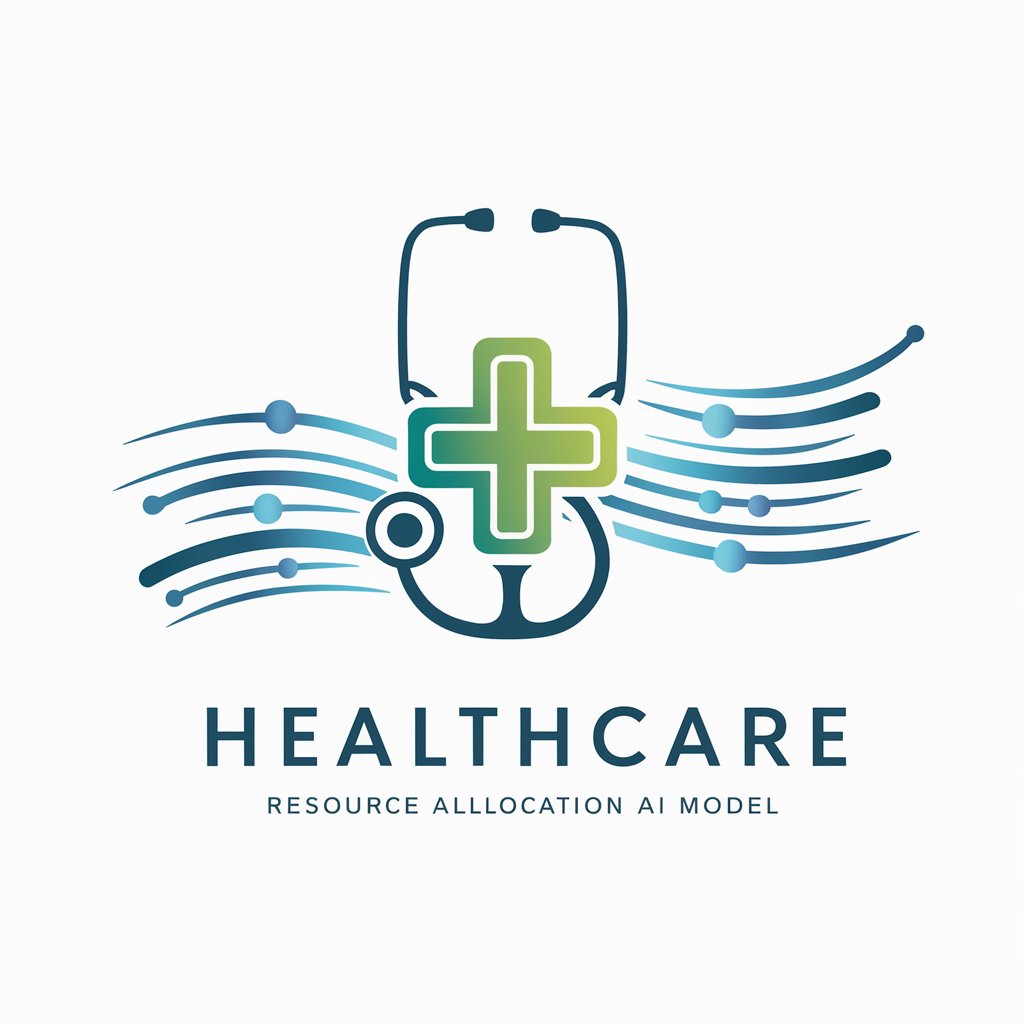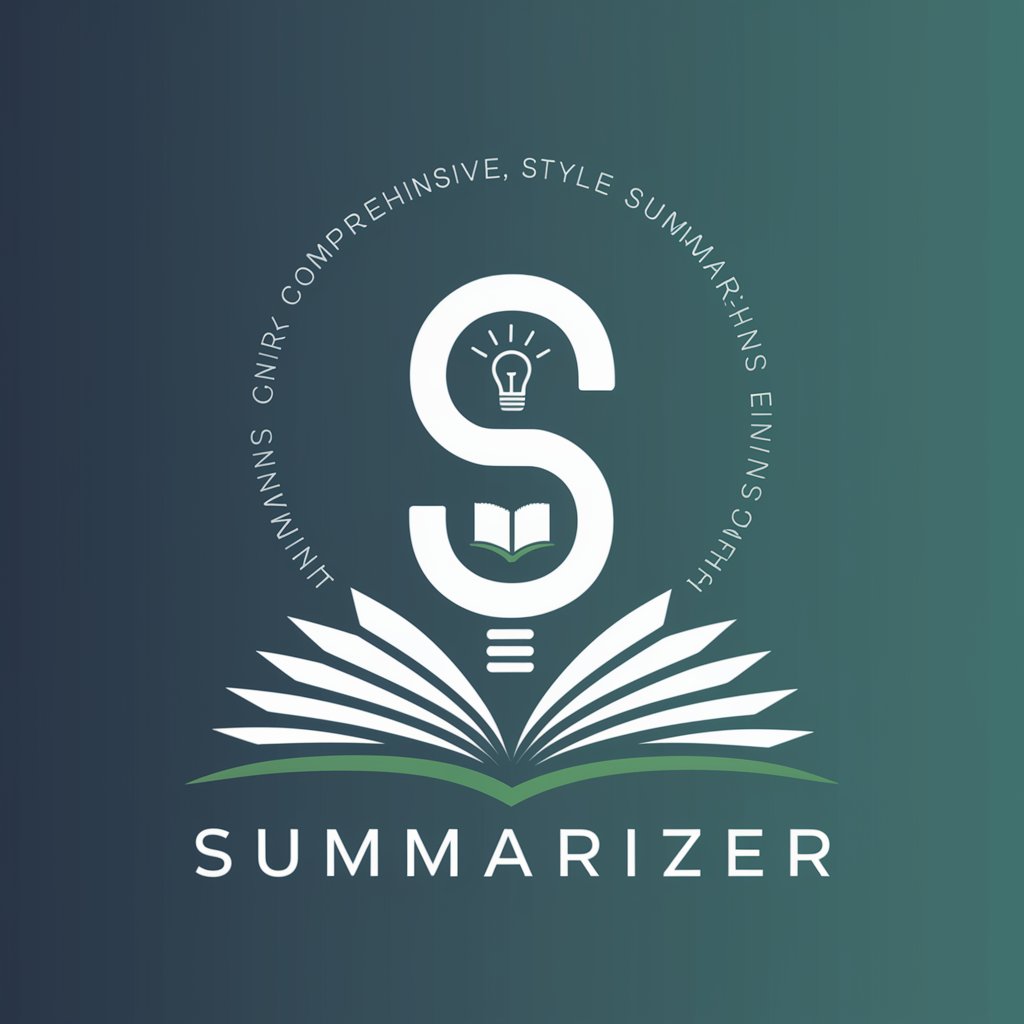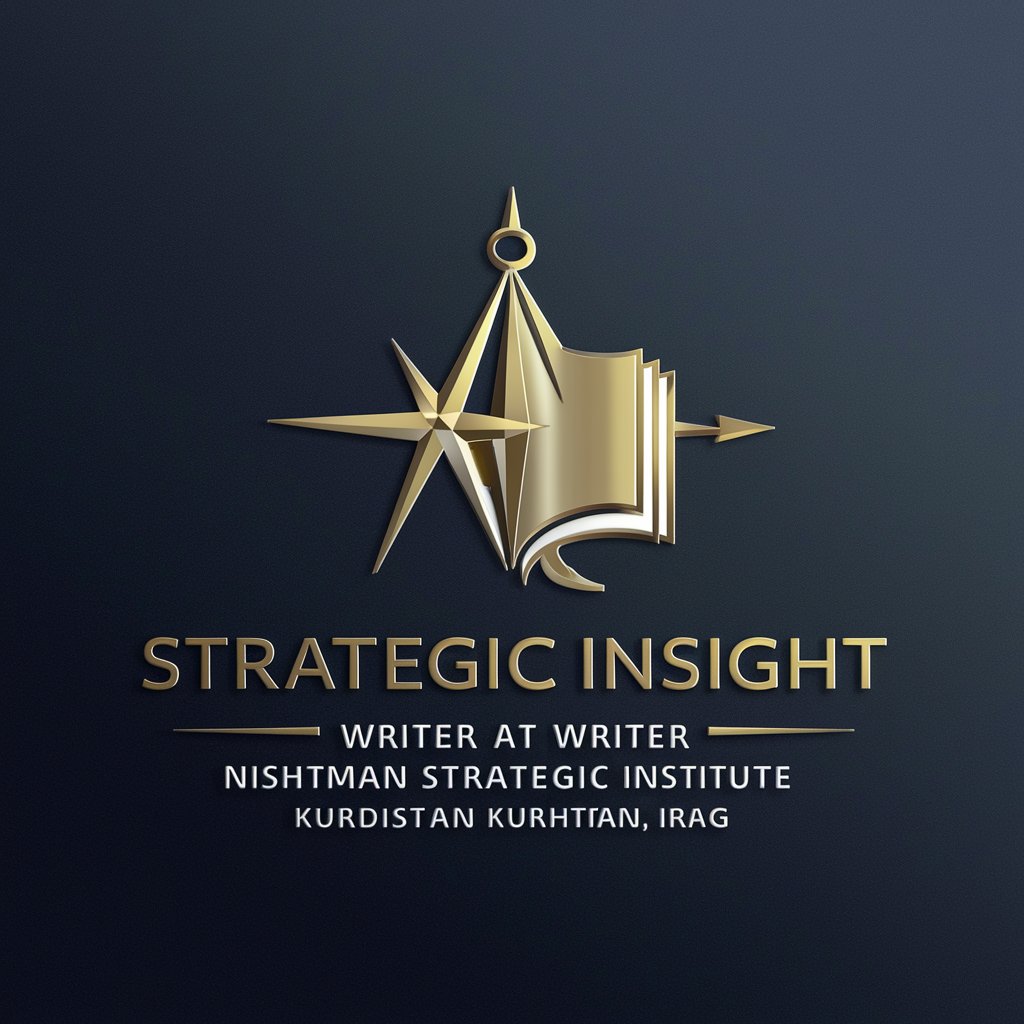
Resource Allocation Models - Healthcare Resource Planning

Welcome! Let's optimize healthcare resource allocation together.
Optimize healthcare with AI-driven insights
Analyze the latest trends in patient inflow to predict resource needs...
Develop a model to optimize resource allocation in emergency departments...
Identify key factors affecting critical resource shortages in healthcare settings...
Evaluate the impact of seasonal variations on hospital resource management...
Get Embed Code
Overview of Resource Allocation Models
Resource Allocation Models in healthcare settings are designed to optimize the distribution of available resources to meet the demands of patient care efficiently. These models utilize data analysis, predictive algorithms, and healthcare trends to forecast patient inflow and identify critical resource needs, thereby facilitating informed decision-making for healthcare administrators. For example, during a flu season, a model could predict an increase in patient numbers, prompting hospitals to allocate more beds, medical staff, and flu vaccines to handle the surge. Similarly, in a scenario involving a pandemic, these models could help in planning and distributing resources like ventilators, personal protective equipment, and ICU beds across regions based on predicted case numbers and severity. Powered by ChatGPT-4o。

Key Functions of Resource Allocation Models
Predictive Analysis for Patient Inflow
Example
Using historical data and current trends to forecast the number of patients, which helps in preparing the required staffing levels and medical supplies.
Scenario
Before the onset of winter, a hospital uses the model to predict an increase in patients with respiratory issues and allocates more resources to the respiratory department.
Identification of Critical Resource Needs
Example
Determining the necessity for specialized equipment or services in anticipation of medical events or trends.
Scenario
Anticipating a rise in diabetic patients, a clinic might use the model to ensure an adequate supply of insulin and diabetes management programs.
Efficiency Optimization in Resource Use
Example
Analyzing current resource utilization to identify areas where efficiency can be improved, reducing waste and costs.
Scenario
A healthcare facility uses the model to discover that certain expensive diagnostic tests are overused, leading to a policy of stricter criteria for their use.
Strategic Planning and Budget Allocation
Example
Assisting in long-term planning and financial allocation based on predicted future needs and trends.
Scenario
A hospital administration uses the model to develop a 5-year plan focusing on expanding its emergency department and increasing its budget allocation.
Ideal Users of Resource Allocation Models
Healthcare Administrators
These individuals are responsible for the overall operation of healthcare facilities. They benefit from using Resource Allocation Models to make informed decisions about staffing, budgeting, and the procurement of medical supplies and equipment, ensuring that patient care is not compromised due to resource constraints.
Policy Makers and Public Health Officials
Policy makers and public health officials can use these models to understand healthcare needs at a broader, community or population level, aiding in the formulation of health policies and the allocation of resources in public health initiatives.
Medical Supply Chain Managers
These professionals manage the procurement, distribution, and inventory of medical supplies. Resource Allocation Models can help them anticipate demand fluctuations and optimize inventory levels, reducing waste and ensuring availability of essential items.

Guidelines for Using Resource Allocation Models
1
Start with a no-commitment trial by visiting a designated website, enabling access without the necessity of a subscription.
2
Identify the specific healthcare settings or scenarios you wish to optimize for resource allocation. This could range from hospital wards to entire healthcare networks.
3
Gather and input relevant data, including patient inflow forecasts, current resource utilization rates, and available healthcare facilities and staff.
4
Utilize the model to analyze the data and generate insights on optimal resource distribution, identifying potential bottlenecks and areas requiring attention.
5
Implement the recommended changes in resource allocation and monitor outcomes regularly to adjust and optimize as necessary.
Try other advanced and practical GPTs
Mohit Email Correction
Elevate your emails with AI-powered precision.

Biblical Scholar
Unraveling Biblical Texts with AI

Poetry Club
Empower your poetry with AI.

Oddball 8-Ball
Your AI-powered oracle for everyday queries.

Visionary Coder
Empowering visionaries with AI-powered model analysis

Python Mentor
AI-powered Python learning made easy.

CodeGPT
AI-powered coding companion for all

Summarizer
Empowering insight with AI-powered summaries

Reviews Summarizer
Transforming Feedback into Actionable Insights with AI

Summarizer Pro
Summarizing Made Smart and Engaging

Strategic Insight
Empowering Strategy with AI Insight

Gamify Genie
Transform learning with AI-powered gamification

Common Questions on Resource Allocation Models
What is a Resource Allocation Model?
A Resource Allocation Model is a tool designed to optimize the distribution of resources within healthcare settings, based on predictive analytics and data on patient inflow and resource availability.
How can these models improve healthcare delivery?
By ensuring that resources are distributed efficiently, these models can help reduce wait times, improve patient care, and maximize the use of available resources, leading to better outcomes and cost savings.
What kind of data is needed to use these models effectively?
Data on patient demographics, historical patient inflow, current resource utilization, staff schedules, and equipment availability are crucial for accurately forecasting needs and optimizing resource allocation.
Can these models be customized for specific healthcare settings?
Yes, these models are highly adaptable and can be tailored to the specific needs and constraints of different healthcare environments, from small clinics to large hospitals.
What are the challenges in implementing these models?
Challenges include data collection and accuracy, ensuring staff buy-in and understanding of the model's recommendations, and the need for ongoing adjustments as patient needs and resources change.